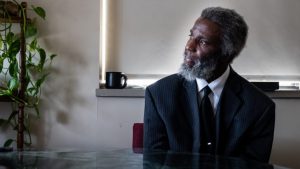
Time to ‘fall back’: Here’s when Daylight Saving Time ends
It’s that time of year again — time to change the clocks for the end of Daylight Saving Time. Fortunately, this is the proverbial time to “fall back,” giving ourselves another hour of sleep.
Clocks should go back an hour at 2 a.m. on Sunday, Nov. 5. Cell phones and other smart devices update automatically, but analog and digital clocks not connected to the internet will have to be set back an hour manually.
When did Daylight Saving Time start?
Daylight Saving Time was established by Congress with the passage of the Uniform Time Act in 1966, according to the Baltimore Sun. The law standardized the length of daylight saving time from March to November in an effort to save energy.
What states observe Daylight Saving Time?
Most of the U.S. observes Daylight Saving Time, with the exception of Arizona and Hawaii — those states observe permanent standard time. Americans of all persuasions, however, revile the biannual practice of changing clocks, prompting several states to pass legislation that would make Daylight Saving Time permanent. Similar legislation has been introduced at the federal level, but no action has been taken on those bills.
How can I prepare for Daylight Saving Time?
The end of Daylight Saving Time means residents in the states that observe it will have more morning light — but feel as if the days get darker much earlier. At this time of year, the time change – or fall back – is more welcome because it gives people a perceived extra hour of sleep when Daylight Saving Time ends. When it’s time to spring forward, sleep experts recommend gradually adjusting sleep times in advance to prepare for the change, particularly for young children.
The biggest adjustment to “falling back” will be the earlier sunsets, which gives way to longer nights. The longer nights can trigger seasonal affective disorder, or SAD, a type of depression, according to the Mayo Clinic. The easiest ways to treat seasonal affective disorder include light therapy and exposure to sunlight — which is in abundance during the mornings after the end of Daylight Saving Time.


